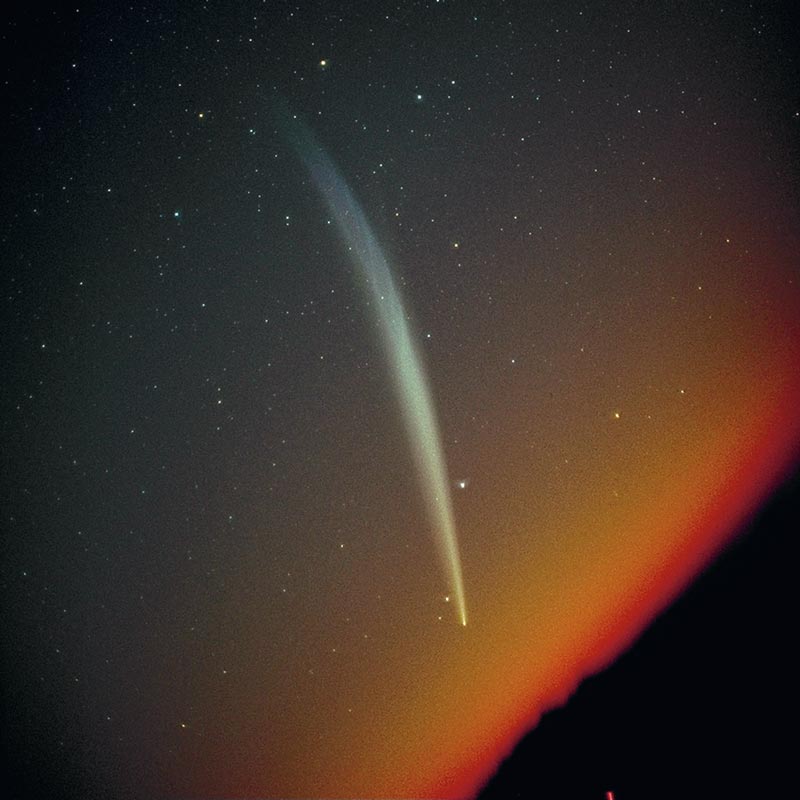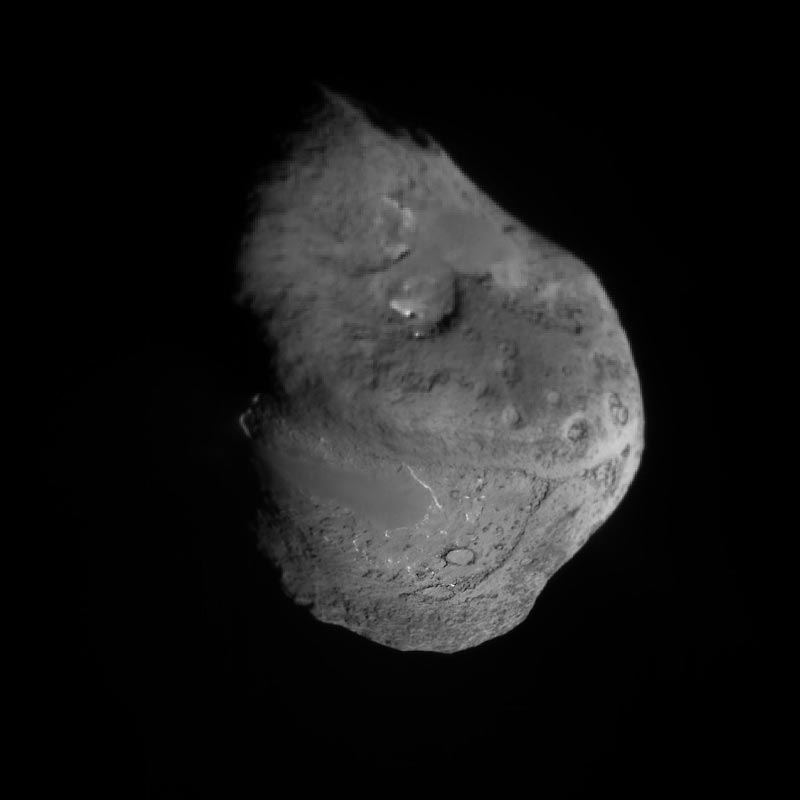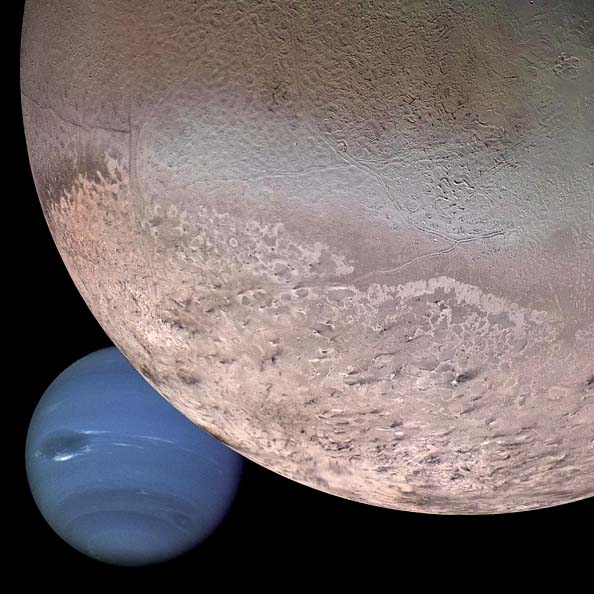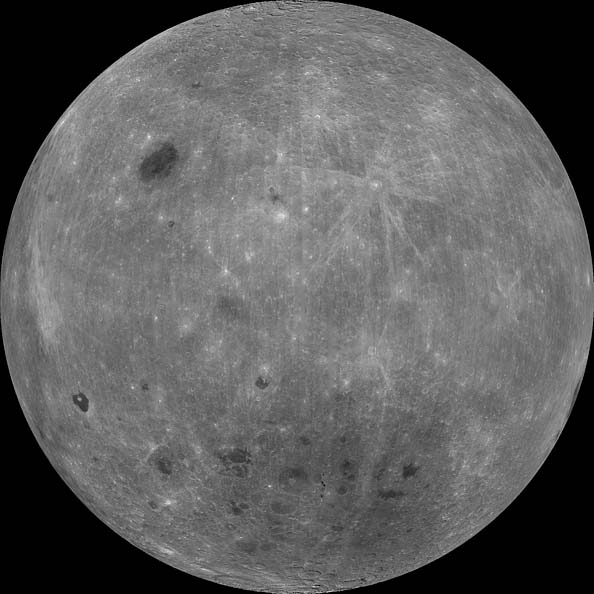
A middle-aged star, planets large and small, moons of almost endless variety, and a whole lot of leftovers make up our own little cosmic oasis of light and life. It’s an oasis that we are still striving to understand — and that humans may someday explore in person.
In the winter of 1504, astronomer Nicolaus Copernicus watched as the planets Mars, Jupiter, and Saturn grouped close together in the evening sky. As he tracked them from night to night, he was troubled, because the planets bunched closest to each other about 10 days later than predicted by reference tables of planetary motions. More »













